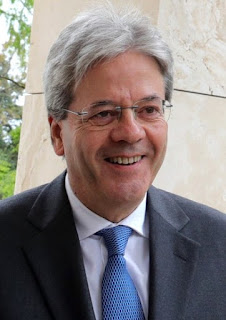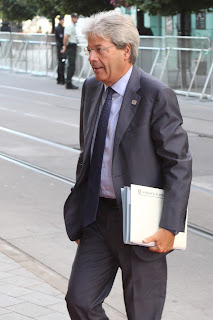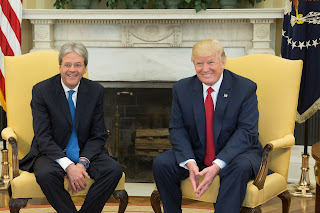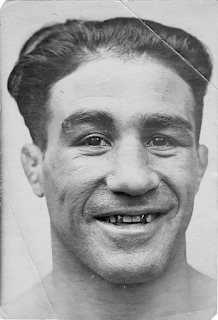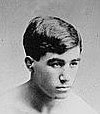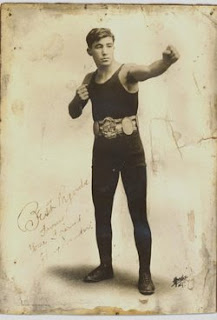The film Camelot sparked long love affair with English actress
 |
| Franco Nero made his name playing in the Spaghetti Western Django |
Francesco Clemente Giuseppe Sparanero, better known by his
stage name Franco Nero, was born on this day in 1941 in San Prospero Parmense.
Nero became well-known for playing the title role in Sergio
Corbucci’s Spaghetti Western film Django in 1966 and then reprising the role in
Nello Rossati’s film Django Strikes Again in 1987.
The actor has had a long-standing relationship with British
actress Vanessa Redgrave, which began in the 1960s during the filming of the musical comedy-drama Camelot. They had a son, Carlo Gabriel Redgrave Sparanero in 1969. Now known as
Carlo Gabriel Nero, their son is a screenwriter and director.
Franco Nero was the son of a Carabinieri Officer, who was
originally from San Severo, a city in the province of Foggia in Apulia.
He grew up in Bedonia in Emilia-Romagna and then in Milan,
where he studied briefly at the Economy and Trade Faculty of the University. He
left there to study at the Piccolo Teatro in Milan.
Nero’s first film role was a small part in Giuseppe Fina's Pelle Viva in
1962. After his success in Django, he played the part of Lancelot in Camelot,
opposite Vanessa Redgrave as Guinevere, in 1967.
 |
| Nero with his and Vanessa Redgrave's son Carlo, in 1979 |
He then appeared in Damiano Damiani's Mafia film, Il giorno della civetta,
opposite Claudia Cardinale in 1968.
Nero has appeared in more than 150 films during the last 55
years. He wrote, produced and starred in the film Jonathan degli orsi in 1993.
Nero was apart from Vanessa Redgrave for many years, during
which they both had relationships with other people. He walked her late daughter, Natasha Richardson, down the aisle when she married actor Liam Neeson in 1994.
Natasha’s father, Tony Richardson, had died in 1991.
Carlo Nero directed his mother in the
cinematic adaptation of Wallace Shawn’s play The Fever in 2004.
Franco Nero and Vanessa Redgrave were reunited and were
married on 31 December 2006.
Travel tip:
San Prospero Parmense, where Franco Nero was born, is a
small hamlet in the province of Parma in Emilia-Romagna, located about six
kilometres from the city of Parma. The Church of San Prospero in Via Emilio
Lepido dates back to at least 980 and the Baroque Villa Mattei, accessible from
Viale Dall’Aglio, was built in 1682 by the noble Mariani family.
 |
| Croce Monte Bue |
Travel tip:
Bedonia, where Franco Nero lived as a child, is a city in
Emilia-Romagna but it is close to the region of Liguria and its colourful
buildings show Ligurian influence. North of the town on top of the Pelpi
mountain is a huge cross, the Croce Monte Bue. This area became a pilgrimage site after a miracle of
the Virgin Mary occurred there more than 100 years ago.
